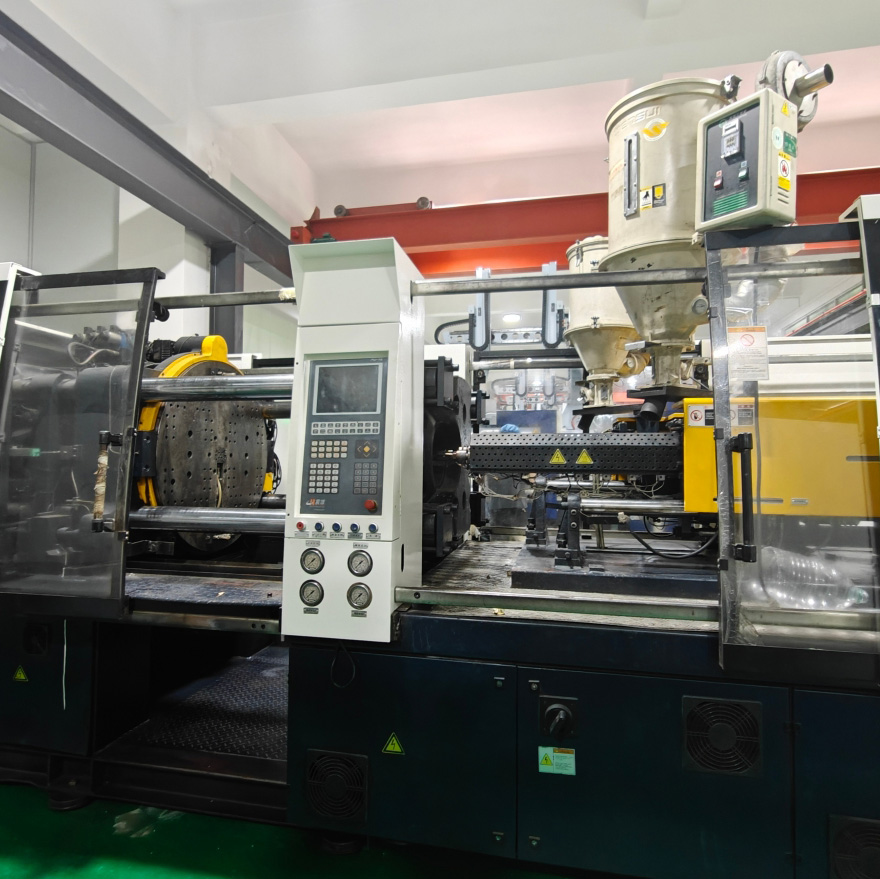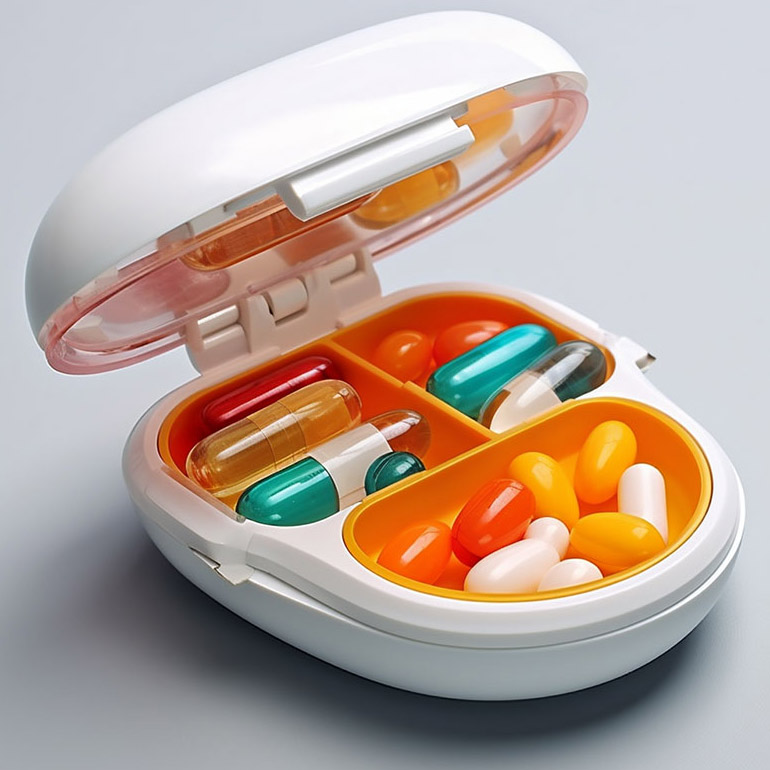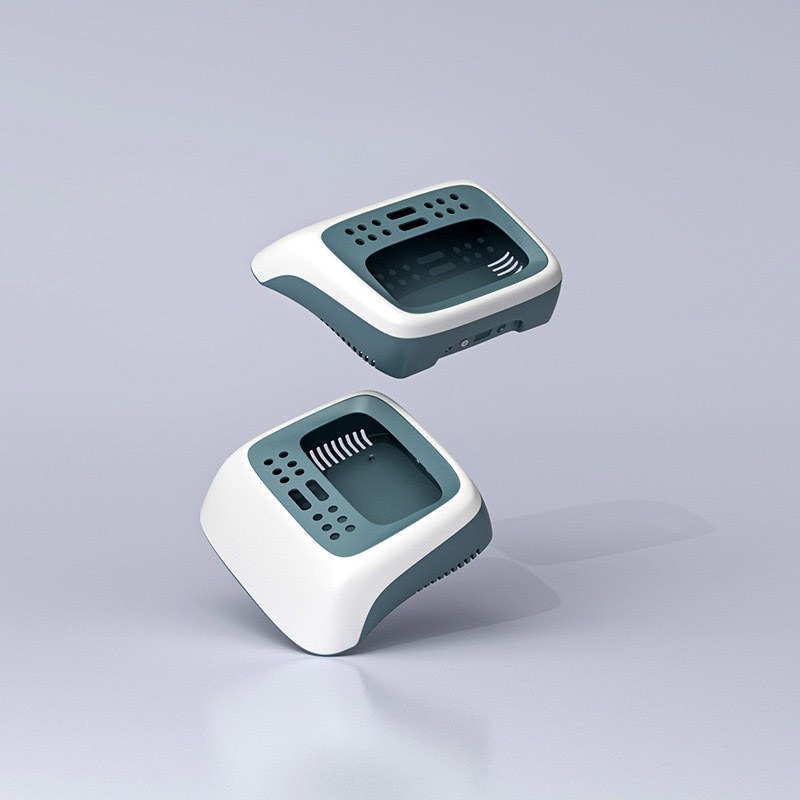I. Introduction
In the previous article, we discussed the nine key points of high-efficiency lightweight injection molding for drones. This article will delve into the three core elements of material selection, design optimization, and the injection molding process, explaining why they are crucial for drone lightweight design.
Material Selection: The Foundation of Lightweight Design
Material selection is the cornerstone of drone lightweight design. According to the Materials Research Society (MRS) report, high-strength and lightweight plastic materials are notable for their exceptional properties. Carbon fiber-reinforced plastics (CFRP), with their extremely high strength-to-weight ratio, significantly enhance the rigidity of the material while greatly reducing its weight, making it the preferred material. Glass fiber-reinforced plastics (GFRP) also perform well and have a relatively low cost, making them suitable for cost-sensitive projects.
High-performance polymers such as polyetheretherketone (PEEK) and polyphenylene sulfide (PPS) are also favored for their outstanding properties. As shown in the research data of the Journal of Materials Science and Engineering, the tensile strength of PEEK material is as high as 90 – 100MPa, and the density is only 1.3 – 1.4g/cm³. Moreover, it has excellent high-temperature resistance and is suitable for drone components working in high-temperature environments. The PPS material exhibits excellent chemical stability and flame retardancy, performing well in complex chemical environments and scenarios with high fire protection requirements. These materials provide a solid foundation for lightweight drone design, allowing manufacturers to make a reasonable selection based on the specific requirements and budget of each drone — commonly used in custom injection molded parts.
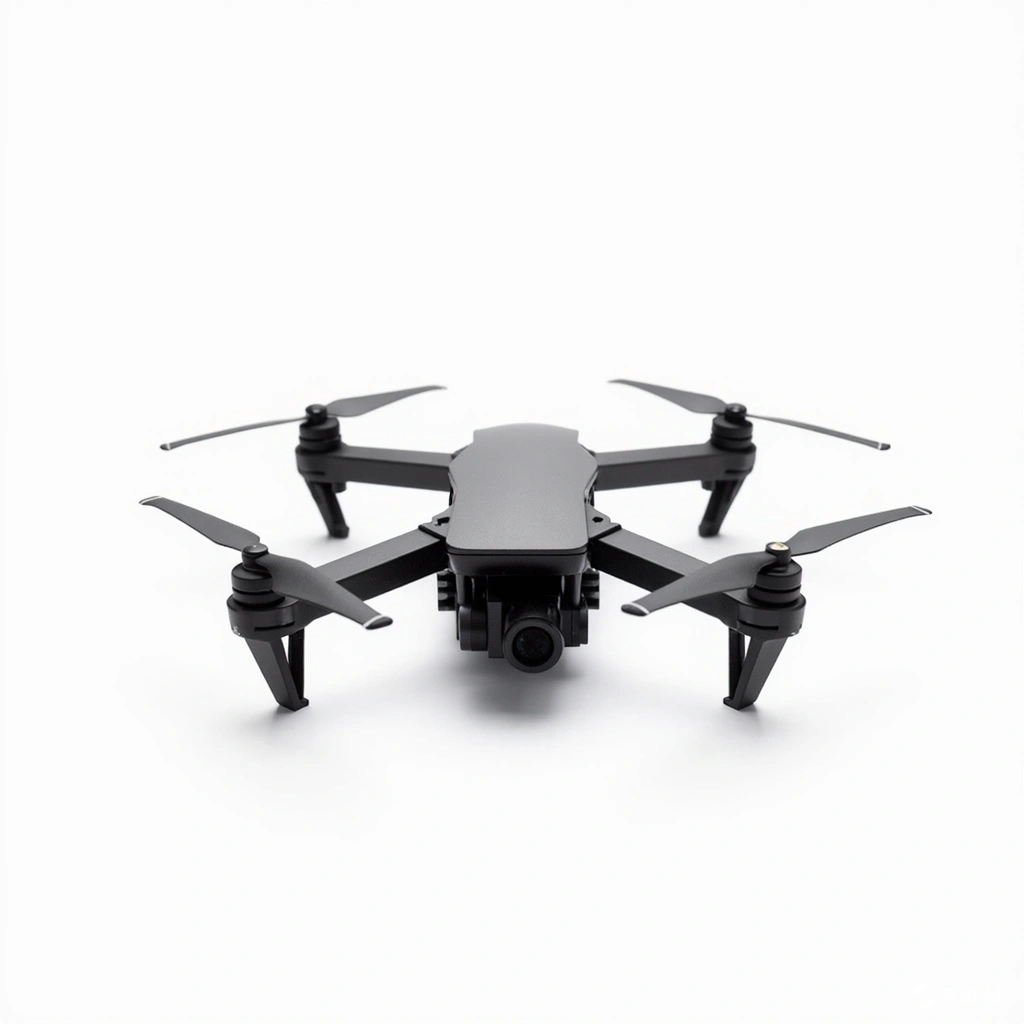
Design Optimization: The Core of Achieving Lightweight Design
Design optimization is the core link in achieving a drone’s lightweight design. Topology optimization technology utilizes advanced computer simulation software and is based on the finite element analysis principle to accurately determine the optimal material distribution within the drone’s structure. By simulating various loading conditions, such as aerodynamic loads and impact loads, the minimization of material usage is achieved while meeting the requirements of strength and stiffness. For example, according to the NASA drone design case, topology optimization technology reduced the wing’s weight by 15% while maintaining its structural integrity and flight performance.
During the design process, the integration of functions is also crucial. Integrating multiple functional components into a single whole not only reduces the number of parts and the complexity of assembly but also further realizes lightweight design by reducing the weight of connecting elements. For example, the integrated design of the landing gear and the fuselage structure can not only improve the structural strength but also effectively reduce the overall weight — a typical approach for injection molded plastic components.
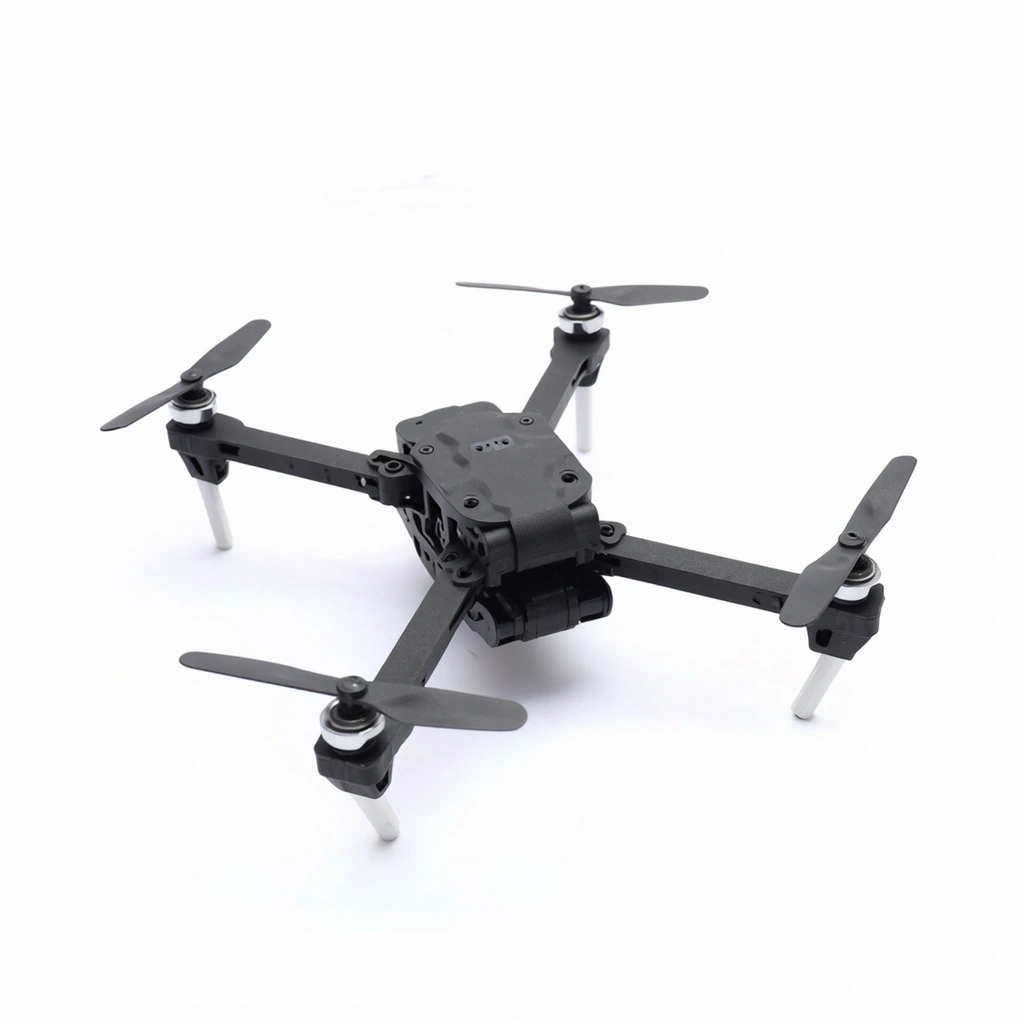
Injection Molding Process: The Key to Ensuring the Quality of Components
Precision injection molding technology is the key to ensuring the quality of drone components. This technology requires precise control of various parameters in the injection molding process, including injection pressure, speed, and temperature. According to the industry standard ISO 294-1:2017, precise parameter settings can ensure that the dimensional accuracy of the parts is within ±0.1mm, and the surface roughness is lower than Ra 0.8 μm, thus significantly reducing the subsequent processing procedures and improving production efficiency.
Multi-component injection molding technology provides an efficient solution for manufacturing complex parts. It can perfectly combine different materials in a single operation to form components with multiple functions. For example, in the manufacturing of the drone shell, multi-component injection molding technology is used to combine the wear-resistant outer layer material with the shock-absorbing inner layer material, thereby enhancing both the wear resistance of the shell and the protection of the internal electronic equipment — best planned with a reliable plastic injection molding service.
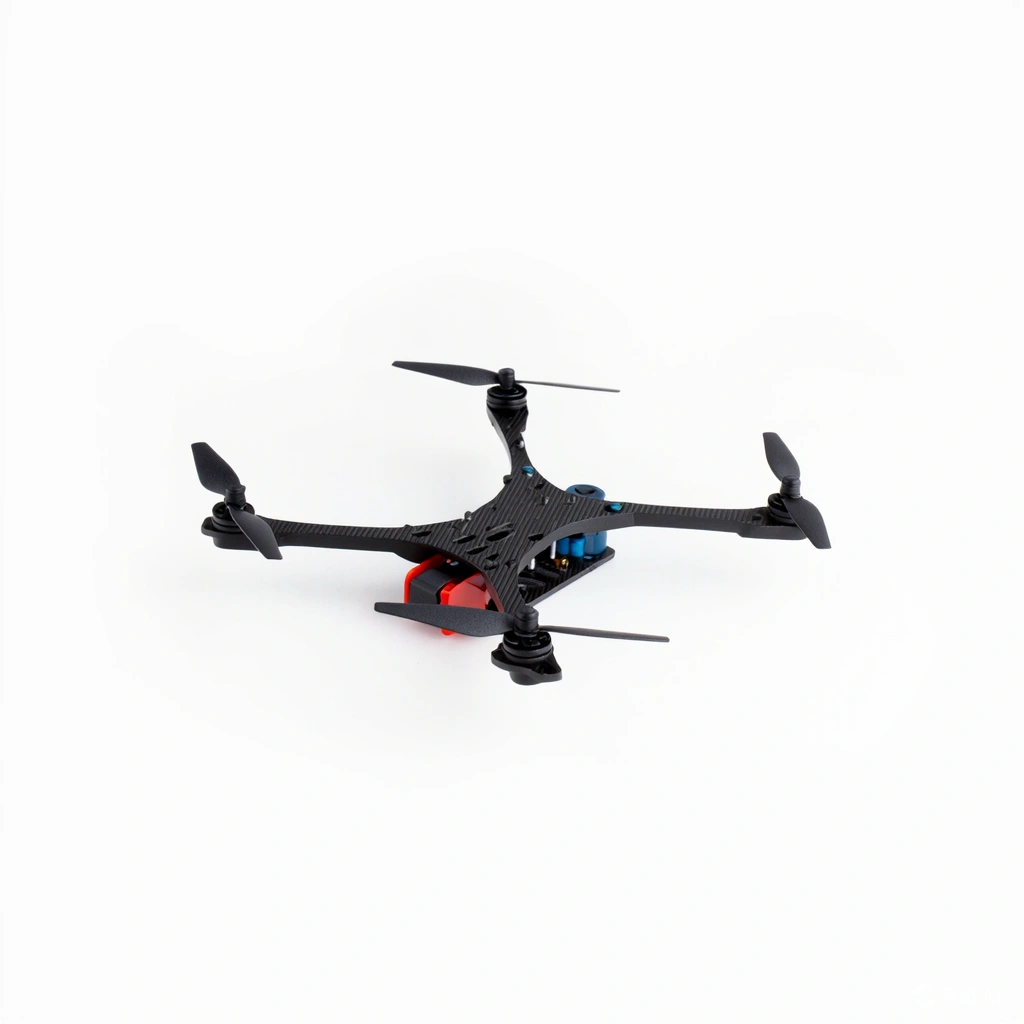
Conclusion
In conclusion, material selection, design optimization, and the injection molding process are the three indispensable key points for high-efficiency, lightweight injection molding of drones. They are interdependent and work together to provide a solid foundation for the lightweight and high-performance design of drones. By continuously optimizing these key points, drone manufacturers can enhance production efficiency, lower costs, and produce lighter, stronger, and more durable drones.
